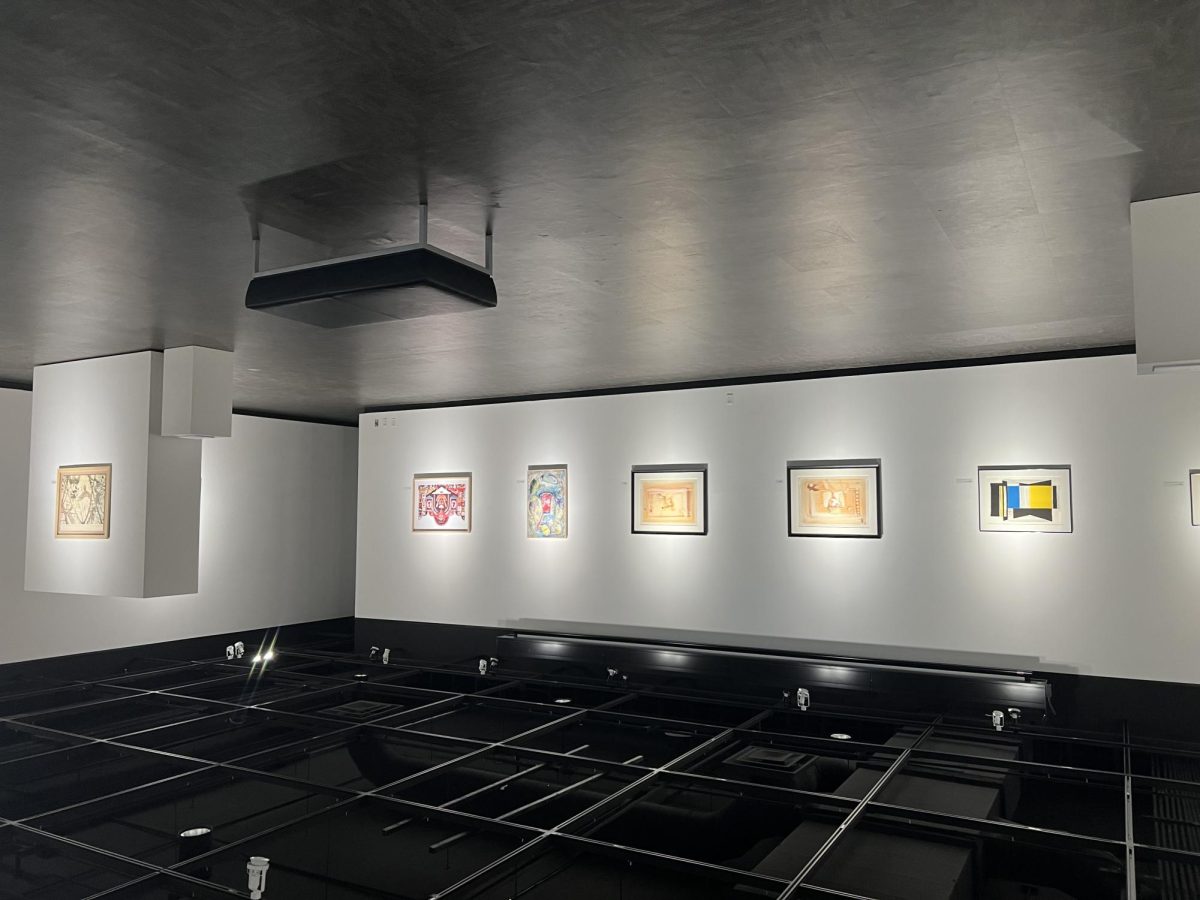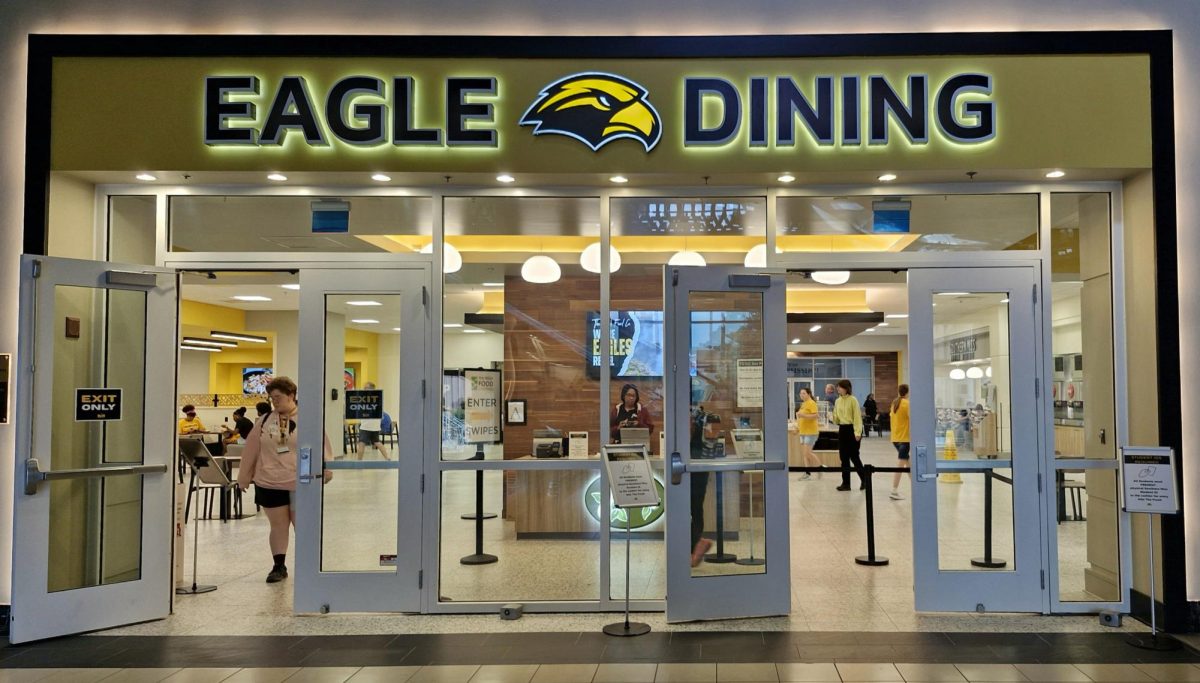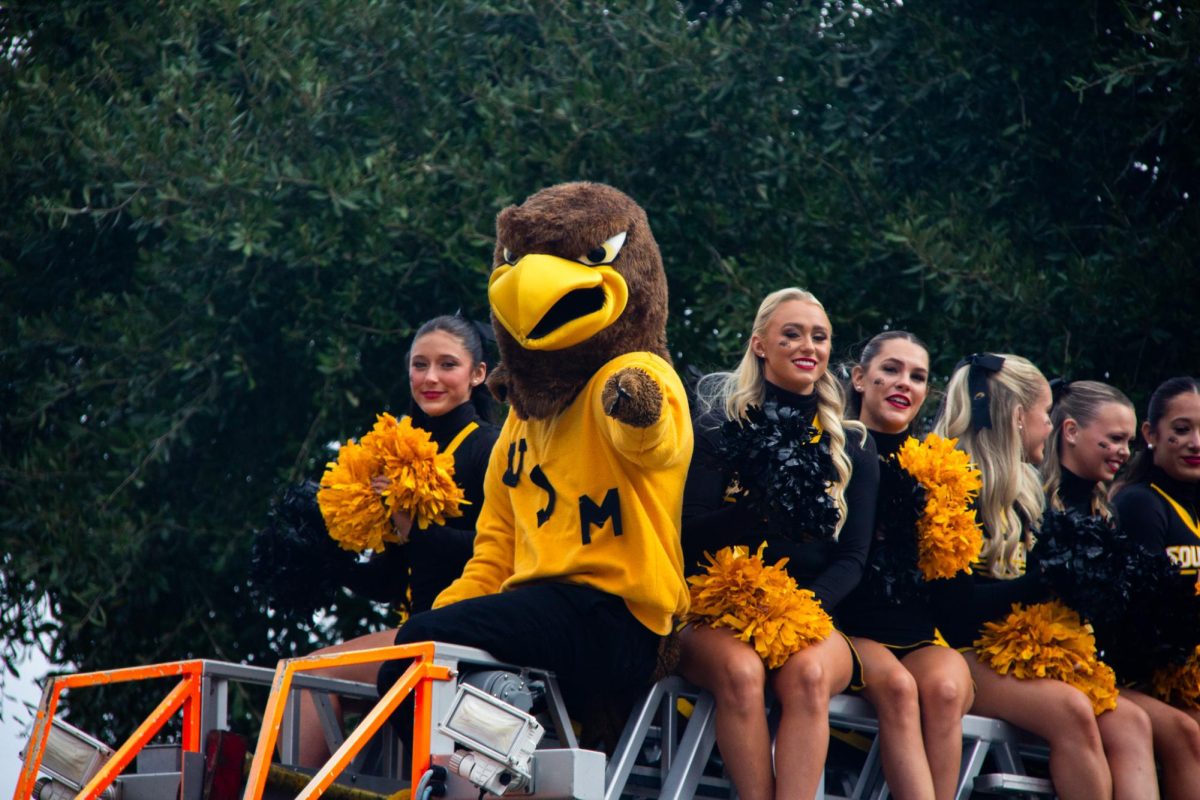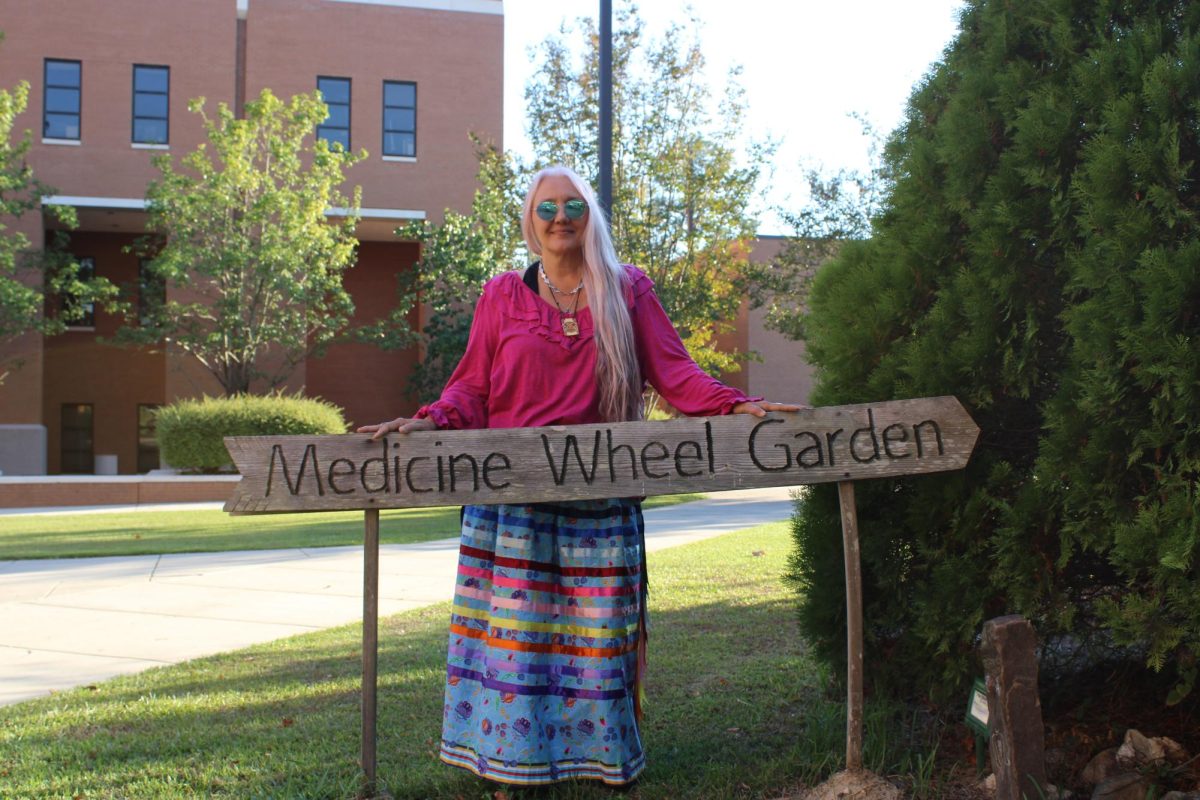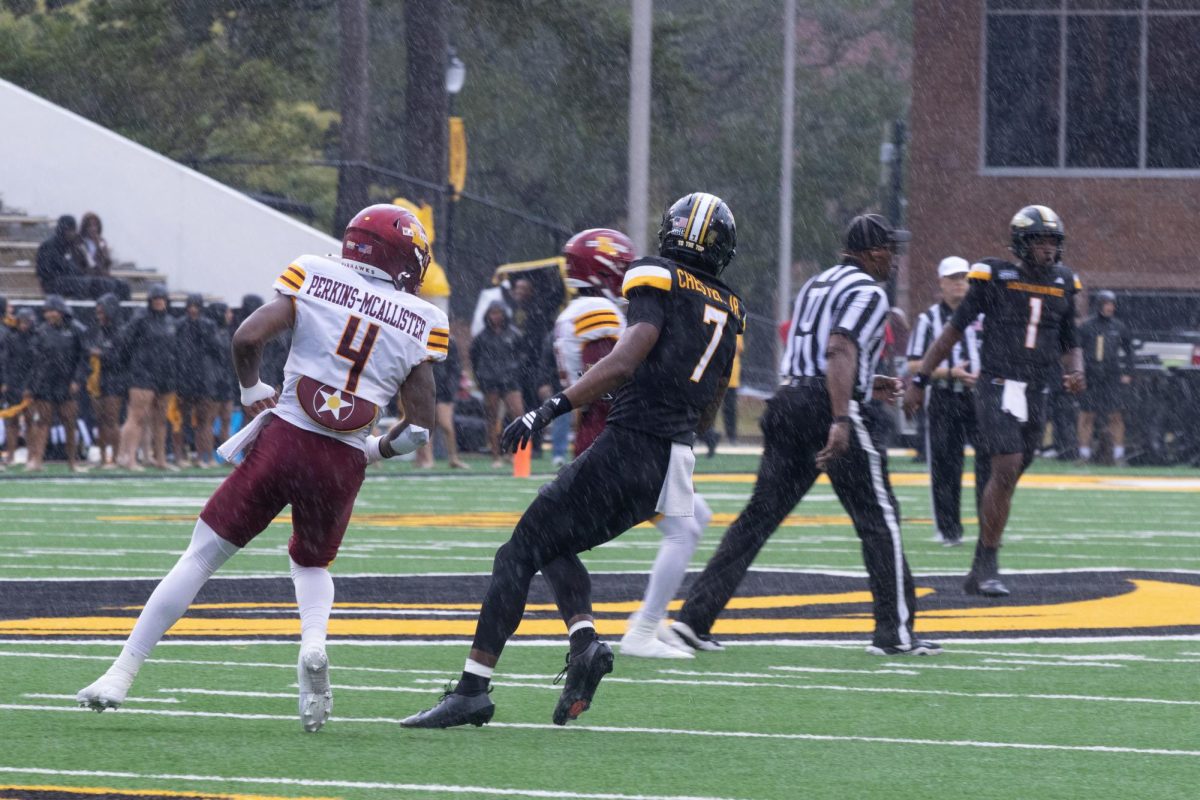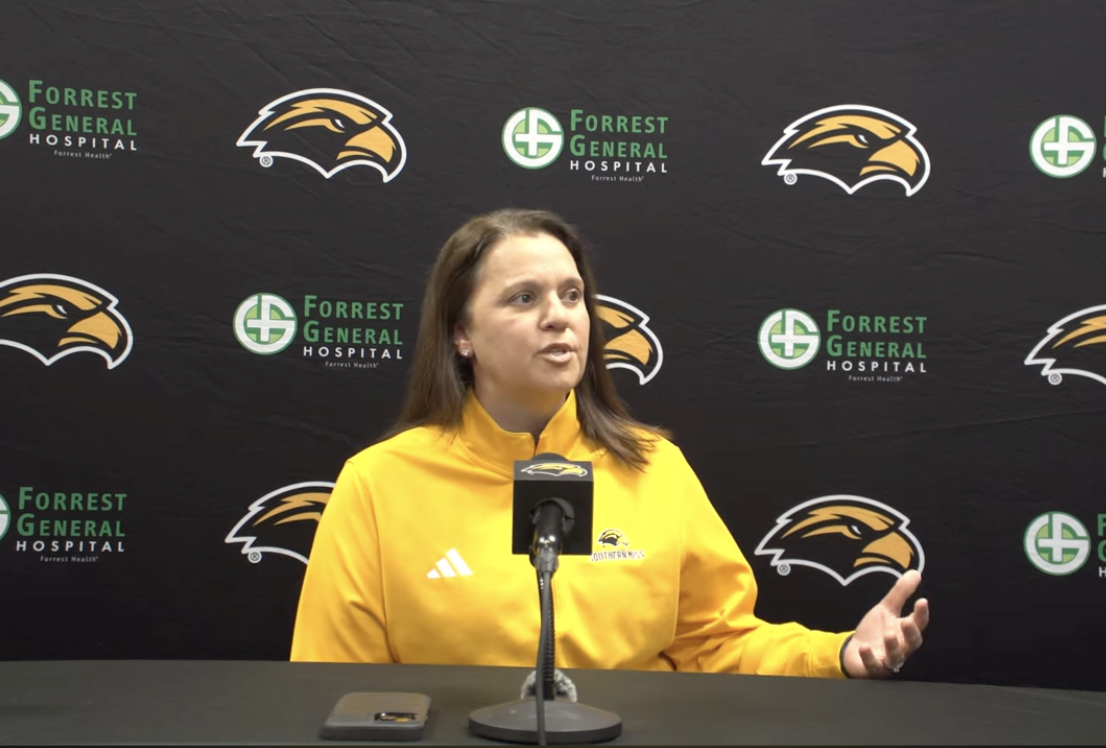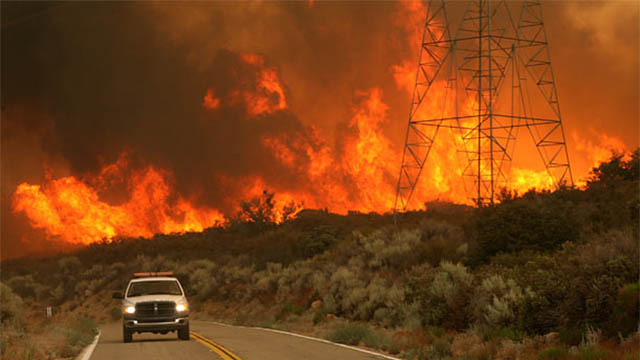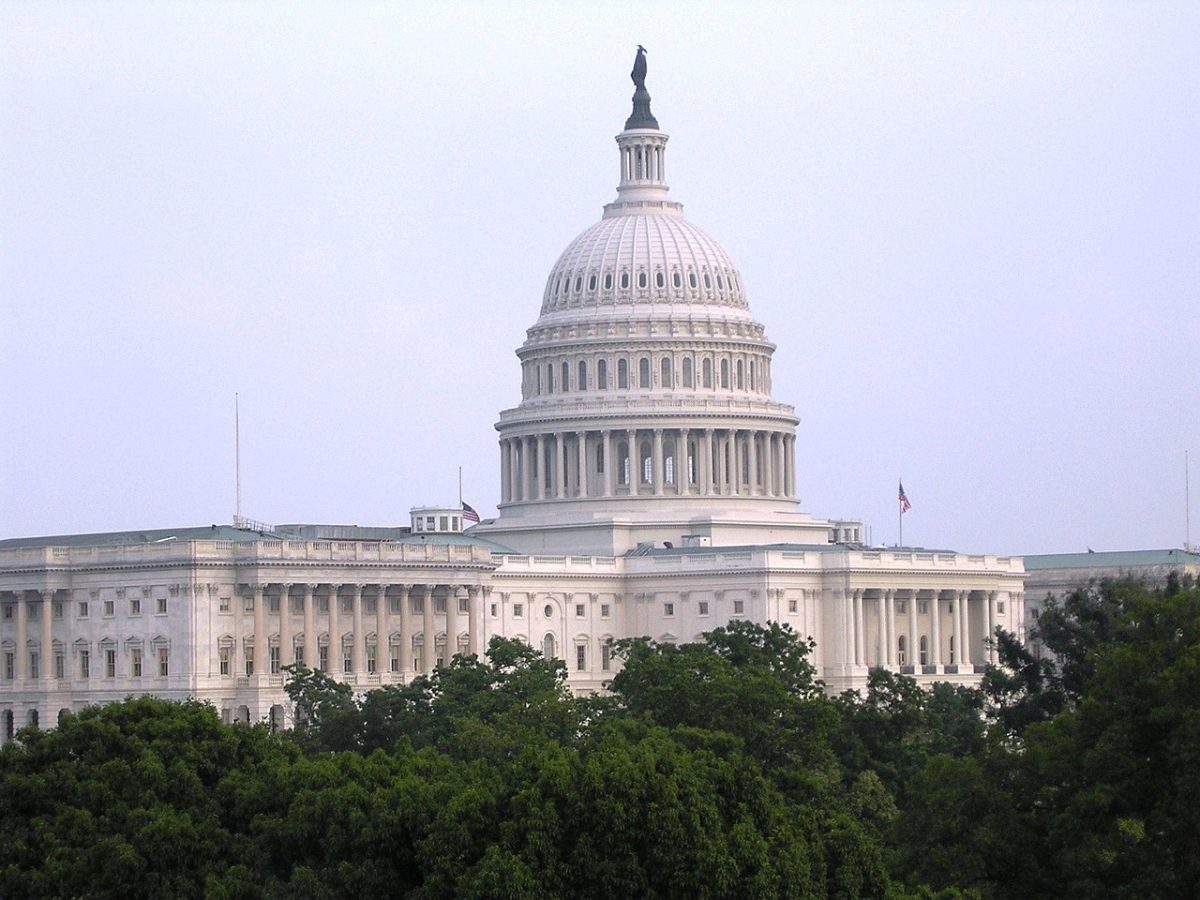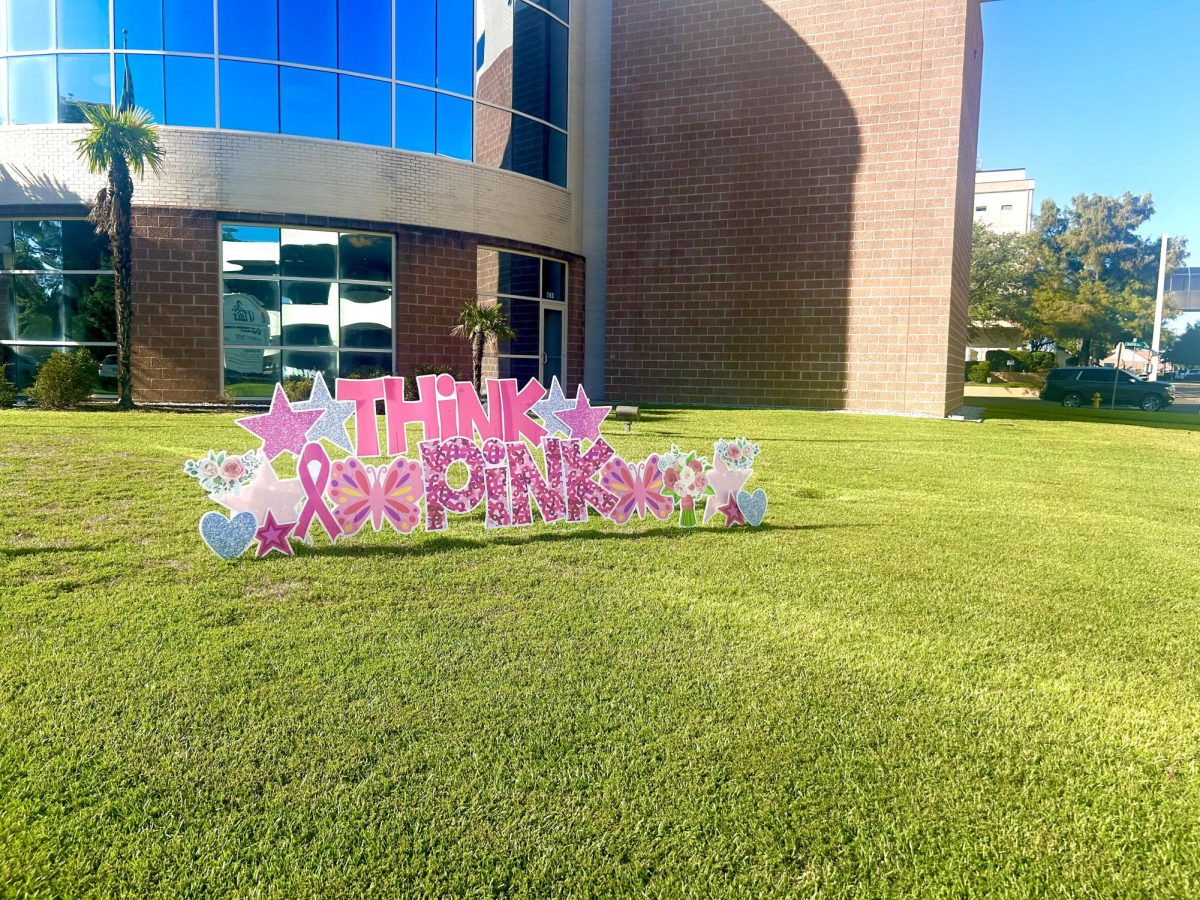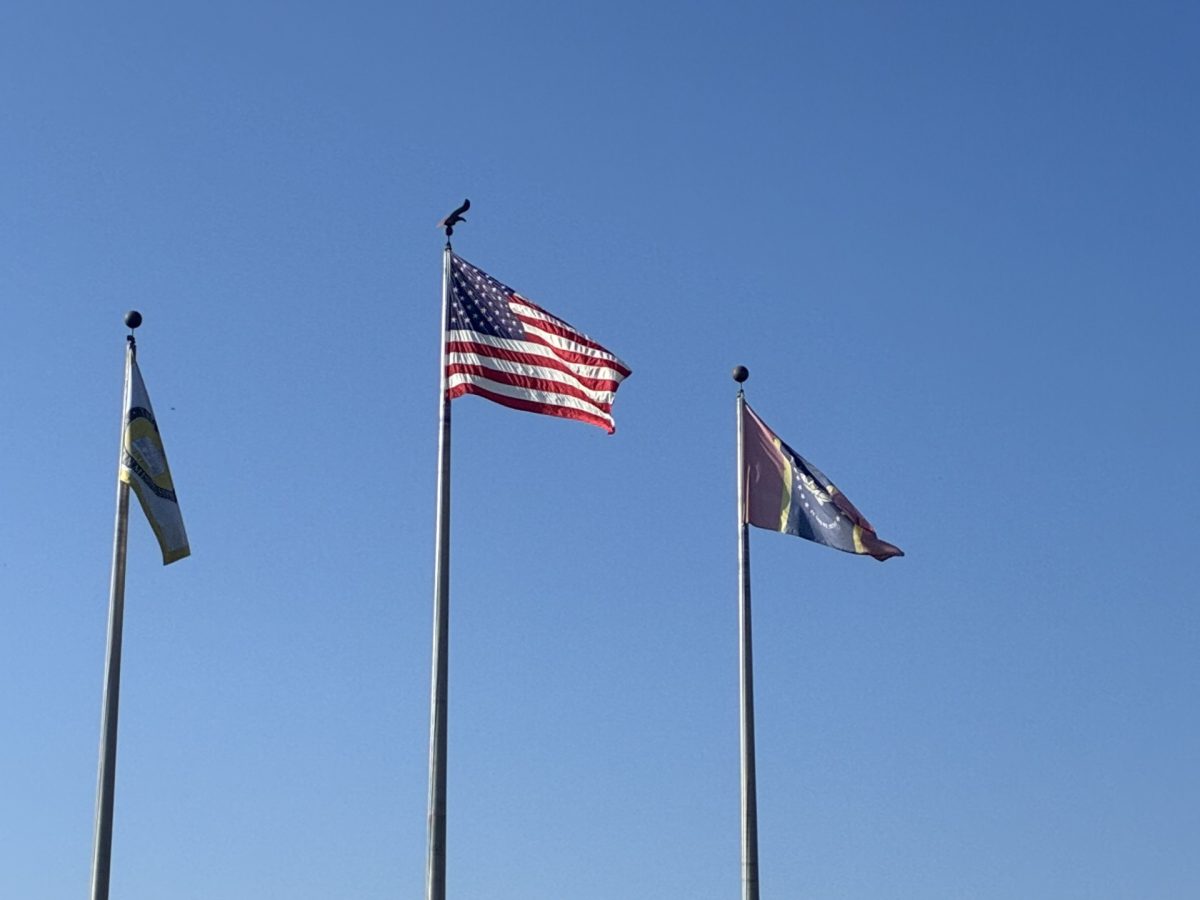While the South is facing the peak of hurricane season, disastrous wildfires are burning more than 100,000 acres across the Northwest region of the United States. Thousands of people are evacuating their homes as more than 24 wildfires scorch Oregon and Washington.
According to KGW, a Portland broadcast channel, firefighters from all agencies are risking their lives against the blazing flames in Oregon and Washington.
“Temperatures remain sweltering after a historically hot and nearly rainless summer,” KGW journalist Sara Roth said. “A hint of rain in the forecast could dampen flames but brings added threats of lightning storms.”
The largest fire is the Chetco Bar Fire which is burning near Brookings, Oregon. This fire has already destroyed at least half a dozen homes with approximately 9000 more in its path.
“[There are] another 5,200 homes threatened by the Eagle Creek Fire in the gorge,” Roth said. “About 400 are under mandatory evacuations.”
Not only do the Indian Creek and Eagle Creek fires threaten homes, but they also could threaten the water supply of Portland. However, the fires are not near the Bull Run watershed.
“The city said the Columbia South Shore Well Field will act as a backup water supply if needed,” Roth said
The Eagle Creek Fire also caused 150 hikers to become stranded overnight and then had to detour 14 miles before being reunited with their loved ones.
The Jolly Mountain Fire is one reason that Seattle had ash fall it is threatening more than 4000 homes. This fire was said to have been sparked by a lightning strike.
Freshman marketing major Kayla Price is from Tacoma, Washington, and her family is currently being affected by the Jolly Mountain Fire.
“We are about an hour south from where the fire has started, and my mom was saying that the sun is a reddish orange. [The sky] is really hazy,” Price said.
Like Price’s family, USM alumni Patty Mitchell has been affected. She lived the majority of her years in Hattiesburg, but she moved to Olympia, Washington in 2014 to be closer to her grandchildren. Her school district has moved all outside activities inside due to the air quality.
“Anyone with asthma and breathing conditions cannot stand outside for no more than an hour,” Mitchell said. “There are schools closed in Washington, but we are a little farther from the fires than some of those.”
According to Price, the area around Jolly Mountain is under a mandatory evacuation.
“My mom has been having issues breathing; she has mild asthma. There are a lot of people with severe asthma that are having issues breathing,” Price said.
Junior industrial engineering technology major Thomas Harris has also had breathing problems. Harris is an online student and lives in Spokane, Washington and works at an aluminum manufacturing plant.
“Personally for me, I’ve had asthma growing up, so I’ve had to go back to the doctor to get an inhaler,” Harris said. “If it worsens, I may have to call in to work.”
Senior geology major Avery Rosenbalm’s family in Sherwood, Oregon has also seen the results of the fires. According to Rosenbalm, there is mostly just ash everywhere, and the air quality is terrible; however, there have been road closures.
“They had to shut down Interstate 84 for a bit, and they’re working hard to preserve natural features like Multnomah Falls,” Rosenbalm said.
According to Roth, Interstate 84 was closed because surrounding residential areas had been destroyed by the fire, and the road is covered in debris.
According to Harris, Spokane has more smoke than Seattle, and a local newspaper reported that Spokane has the worst air quality that has ever been recorded in the city.
“Everybody at my work is walking around with dust masks because there is a haze inside the plant,” Harris said. “Also, you can drive in it, but your car can only filter out so much smoke, so you are still breathing it in.”
Unlike Price, Rosenbalm and Mitchell, who all mentioned the reddish orange tint to the sun, Harris noticed that the smoke is so thick that the sun is not visible.
“The smokes been so thick the last four days that you can’t see the sun at all,” Harris said. “Everything is white and bright, but you can’t see the outline of the sun.”
With these fires, many natural landmarks have been destroyed.
“I’m worried about the people there, obviously,” Rosenbalm said. “But it makes me sad because everywhere, especially the gorge, is such a beautiful place that inspires so many people to go out. It is going to be a long time before it is recovered.”

